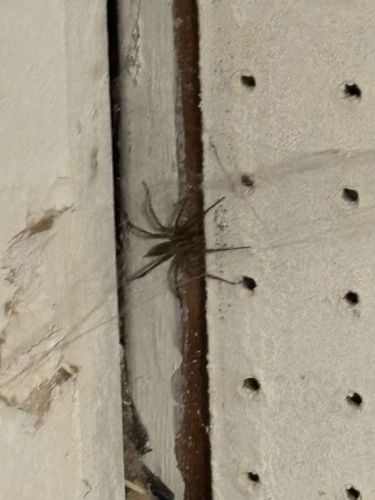Common House Spider
Scientific Name: Parasteatoda tepidariorum
Order & Family: Araneae (Spiders), Theridiidae (Cobweb Spiders)
Size: Females typically have a body length of 4-8 mm (approx. 0.16-0.31 inches); males are smaller, around 3-5 mm (approx. 0.12-0.20 inches). Leg span can be significantly larger relative to body size.

Natural Habitat
Common house spiders are found in a wide variety of habitats, primarily preferring human dwellings (houses, barns, sheds) and other protected structures. They often build irregular, 'cobwebs' in corners, under furniture, or other undisturbed areas.
Diet & Feeding
These spiders are predatory and primarily feed on small insects and other arthropods that get caught in their webs. This includes flies, mosquitoes, ants, moths, and sometimes even other spiders.
Behavior Patterns
Common house spiders are known for constructing messy, irregular-shaped webs (cobwebs) in which they wait for prey. They are generally sedentary once a web is established, often remaining in or near their web. They are nocturnal hunters and generally shy, retreating when disturbed. Females lay eggs in sac-like structures suspended within their webs.
Risks & Benefits
Potential risks: Their bite is generally not considered medically significant to humans, typically resulting in a mild localized reaction (redness, swelling, itching) similar to a bee sting, if it occurs at all. They are not aggressive. Potential benefits: They are beneficial as natural pest control, consuming a variety of nuisance insects within homes and other structures.
Identified on: 9/25/2025